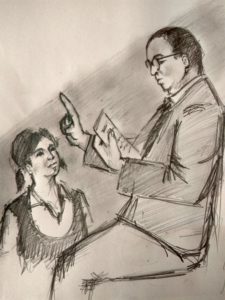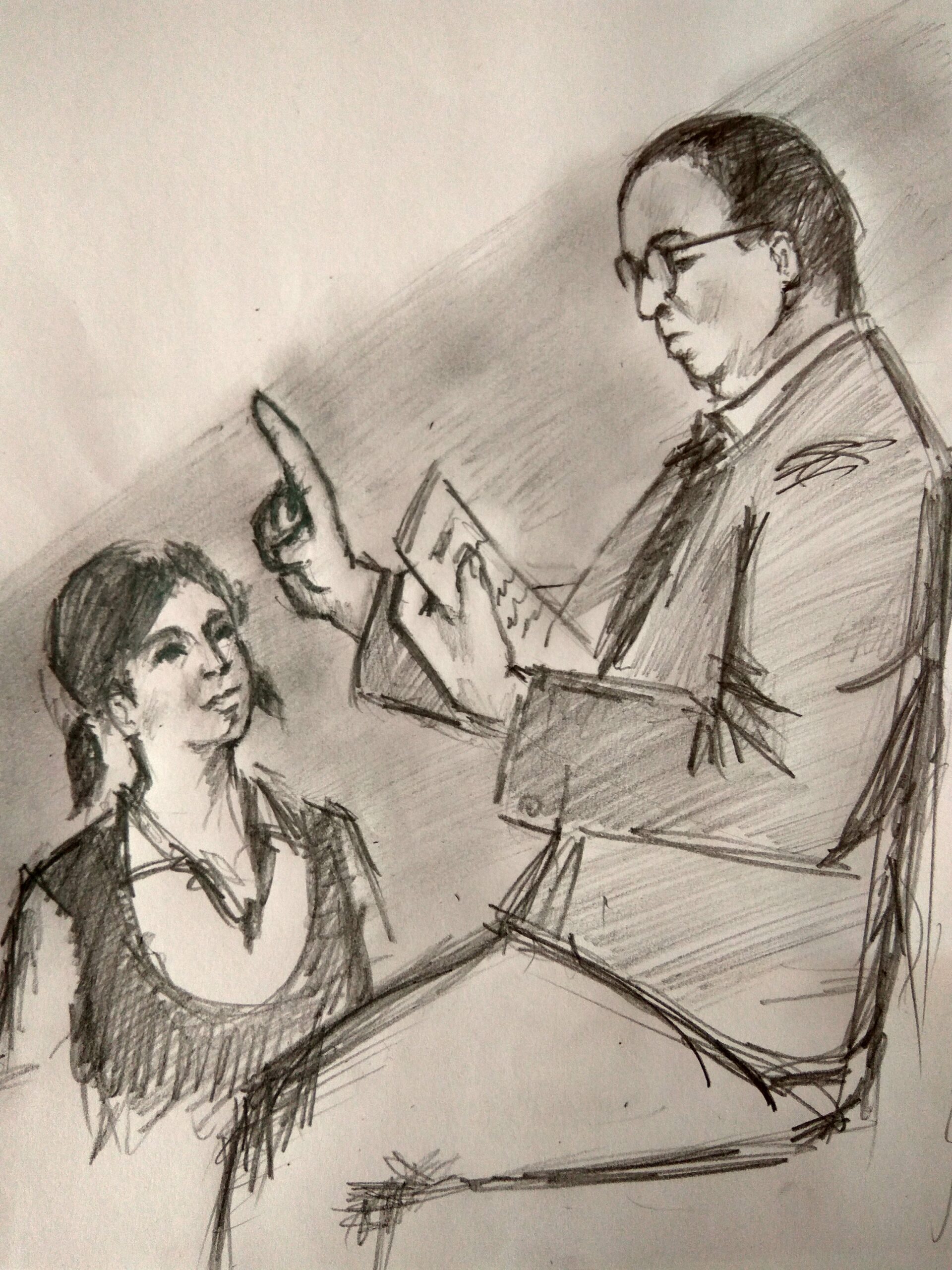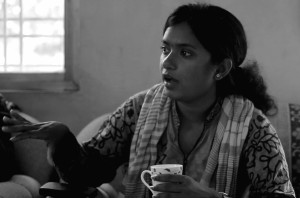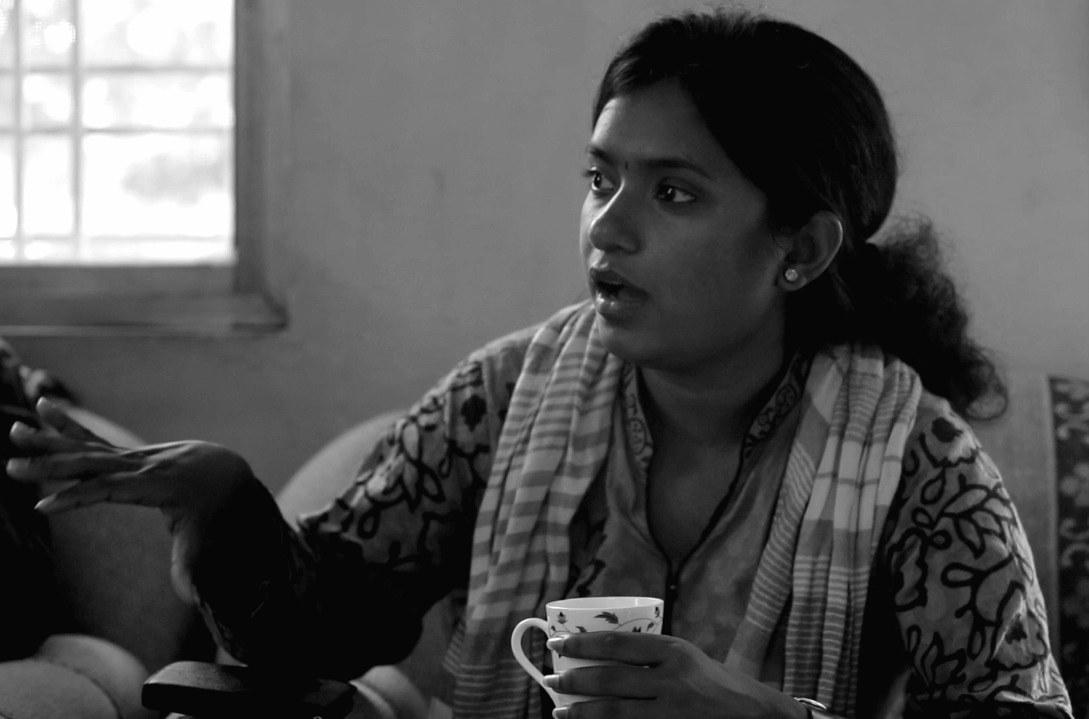Pradnya Jadhav
This article first appeared here on Round Table India.
Babasaheb’s people have held him in their hearts in high regard without waiting for him to die and appear in any textbook. The supreme form of Ambedkarism is reflected in the songs about Babasaheb, are popularly known as Bhimgeete, composed and sung long before he became a subject of intellectual interest. The masses deprived of education were the first people to understand Ambedkar. They honoured him with the respectful name Babasaheb and often conversed with him by addressing him Bhima. These songs sung by our foremothers documented the history of Babasaheb’s life. The songs would start by mentioning Babasaheb’s birth in 1891, the happiness it brought to his parents Ramaji and Bhimai, and then move to the difficulties Babasaheb faced as an untouchable student, his journey abroad for higher studies, the contentment of his community when he received the degree of Barrister-at–Law, and becoming the Minister of Labour. The songs mark the events like Babasaheb laying the foundation for Scheduled Caste Federation and Samata Sainik Dal, erecting the stone of social revolution, the Mahad Satyagraha-Kalaram Mandir Pravesh etc. The verses take the listeners through the preparation of the Hindu code bill followed by the agony he faced with the signing of the Pune Pact, while celebrating Babasaheb becoming the law minister and drafting constitution for India. These songs further claim that our Babasaheb created an equal law for all, despite facing betrayal by this nation and that he attacked the rigidity of fundamentalist religion and offered us Buddhism which is a humane one. The Bheemgeete with its rich meanings and historical rendering of his life events are sung in our families and communities to keep reminding us how hard Babasaheb’s life was and how we should not let him down.
The Bheemgeete are sung during the naming ceremony of newborns so that they grow up with the character of Babasaheb and is blessed with Babasaheb’s presence throughout their life. The Bheemgeete are also sung during death ceremonies so that people in mourning get the strength to deal with their loss, accept death as natural to human beings, allow the dead-body to rest in serenity and let it take Babasaheb along in the very last journey.
During death ceremonies, the group of singers comprise of Mahars and Matangs. The words from sung by Matangs praise Babasaheb and empathise with the loss, and show that our communities live by supporting each other. They do not draw extreme margins of difference. This relationship counters the projection of Babasaheb as being the leader of only Mahars or Neo-Buddhists, whereas on the ground, these communities are the real torch bearers of spreading true Ambedkarism.
Babasaheb’s birth for us was the beginning of a new age towards a noble life, his legacy continued in its truest form through the rendering of Bhimgeete, it had the power to reach every person in the community. Wamandada Kardak committed his whole life to spreading the message of Babasaheb; his songs defined what Ambedkarism is! Wamandada braided each word of Babasaheb in his songs, and hence, even Babasaheb had remarked that “My eight speeches are equal to Wamandada’s one song”. Wamandada with his full love and honesty towards Babasaheb inculcated Ambedkarism in his songs. He presented Babasaheb as being the Mother of our people, in whose shelter of love and care we are fearless, we are loved and we are humans. What else would we have addressed Babasaheb with? The Bheemgeete do not just praise Babasaheb and articulate Ambedkarism, it questions the society, it addresses the people who left the path of true Ambedkarism, and it critically analyses Ambedkarite movement.
Bheemgeete are not only pieces of poetry. These songs are perhaps conversations with the society, with Babasaheb himself, and an emotional appeal to him to come back. Bhimgeete have always stood for self-determination; they did not cry about being opp ressed but asserted that we have the capability to change our lives. When generations remained in the darkness of illiteracy, Bheemgeete were the only means to find our way, and to keep Babasaheb alive. These songs say that we do not fall prey to hero-worshipping of Babasaheb but that we aspire to become like him; though the interpretation of Bhimgeete is a subjective affair Wamandada’s one song ‘Jagatali Dekhani… Bai me Bhimachi Lekhani’ strongly asserts that the ‘world’s most beautiful is Bhima’s writing, we are Bhima’s writing, we are his pens’. Wamandada, a male poet writing as a woman says “I have broken the fort of Manu and buried him then and there; my mind is full of happiness as I have now become friends with the revolutionary Bhima”. Wamandada would walk from village to village to awaken Babasaheb’s people through his songs. Wamandada, Annabhau Sathe, Harendra Jadhav, Pralhad Shinde, and Vitthal Umap continued singing for the Muknayak. Vithhal Umap carrying the words from Babasaheb in his song ‘Me Hindu Dharmat Marnar Nahi’ memorialized Babasaheb’s declaration “I will not die in the Hindu Religion”. Through their compositions, they brought Babasaheb to our generations, they introduced him to us.
ressed but asserted that we have the capability to change our lives. When generations remained in the darkness of illiteracy, Bheemgeete were the only means to find our way, and to keep Babasaheb alive. These songs say that we do not fall prey to hero-worshipping of Babasaheb but that we aspire to become like him; though the interpretation of Bhimgeete is a subjective affair Wamandada’s one song ‘Jagatali Dekhani… Bai me Bhimachi Lekhani’ strongly asserts that the ‘world’s most beautiful is Bhima’s writing, we are Bhima’s writing, we are his pens’. Wamandada, a male poet writing as a woman says “I have broken the fort of Manu and buried him then and there; my mind is full of happiness as I have now become friends with the revolutionary Bhima”. Wamandada would walk from village to village to awaken Babasaheb’s people through his songs. Wamandada, Annabhau Sathe, Harendra Jadhav, Pralhad Shinde, and Vitthal Umap continued singing for the Muknayak. Vithhal Umap carrying the words from Babasaheb in his song ‘Me Hindu Dharmat Marnar Nahi’ memorialized Babasaheb’s declaration “I will not die in the Hindu Religion”. Through their compositions, they brought Babasaheb to our generations, they introduced him to us.
The title of this essay is inspired by one of Wamandada’s popular songs, ‘Sena Bhimachi Wadhnaar Aahe’, ‘Bhima’s force shall keep growing, burying the evil of caste’, as it states the optimism in continuing Babasaheb’s legacy.
We as a community have always admired and expressed our indebtedness towards Babasaheb through our actions, songs, writings and so on. I remember doing a strange thing as a child. I would see the image of Babasaheb on the wall, and it would seem that he is looking at me, whichever direction I am in. I felt he could move his eyes and follow my movements. I would think he must have had supernatural powers to have written the constitution for such a huge nation, and this enables him to see me through the image!
Innumerable songs about Babasaheb were written and sung when he was still alive and active among people. While many facets of his life are still being unraveled, there was no dearth of him being praised. Listing down the work done by Babasaheb would be quite an endeavor, yet we strive to conceptualize his existence in our lives.
Babasaheb enabled us to break the shackles of enslavement. Babasaheb stands as a beacon for our liberation. Babasaheb is the only answer for all our questions and that is the place he holds in our lives. He lives with us each day when we were growing up and also escorts us in our last journey. We called him as our Father and Mother, and as a dear friend to share our lives with. Babasaheb has given us the rationale to stay alive and work towards building a better place for our future generations. On this note we humbly say, Babasaheb, indeed your force shall keep growing!
Notes
- Wamandada Kardak was an Ambedkarwadi Shahir and activist because of whom Babasaheb has reached every last person in our society. He dedicated his whole life in spreading Ambedkarism among the most deprived people. Wamandada prolifically talked about Babasaheb, his life and mission through his songs. His contribution to the Ambedkarite movement is incredible. His quest to spread Ambedkarism was noted by Babasaheb himself.
- Vitthal Umap a staunch follower of Babasaheb, a folk artist breathed his last while performing on onstage at Deekshabhumi, Nagpur on 27th November, 2010.
~~~
Pradnya Jadhav is a student at JNU, she is part of the editorial team of SAVARI and is a regular contributor to Round Table India.
Drawing by Aniket Khajekar



